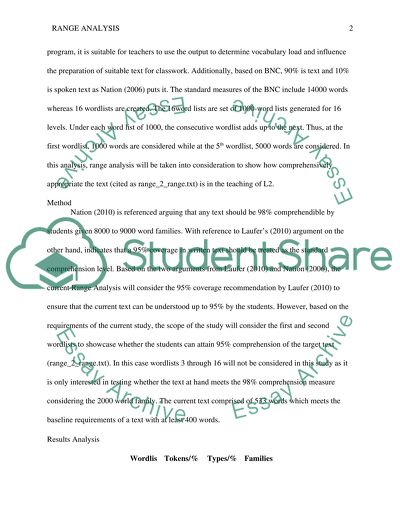Cite this document
(“Second Language Acquisition Assignment Example | Topics and Well Written Essays - 1750 words”, n.d.)
Retrieved from https://studentshare.org/education/1700909-second-language-acquisition
Retrieved from https://studentshare.org/education/1700909-second-language-acquisition
(Second Language Acquisition Assignment Example | Topics and Well Written Essays - 1750 Words)
https://studentshare.org/education/1700909-second-language-acquisition.
https://studentshare.org/education/1700909-second-language-acquisition.
“Second Language Acquisition Assignment Example | Topics and Well Written Essays - 1750 Words”, n.d. https://studentshare.org/education/1700909-second-language-acquisition.


